Home>Furniture>Kitchen Furniture>How To Use GE Induction Cooktop
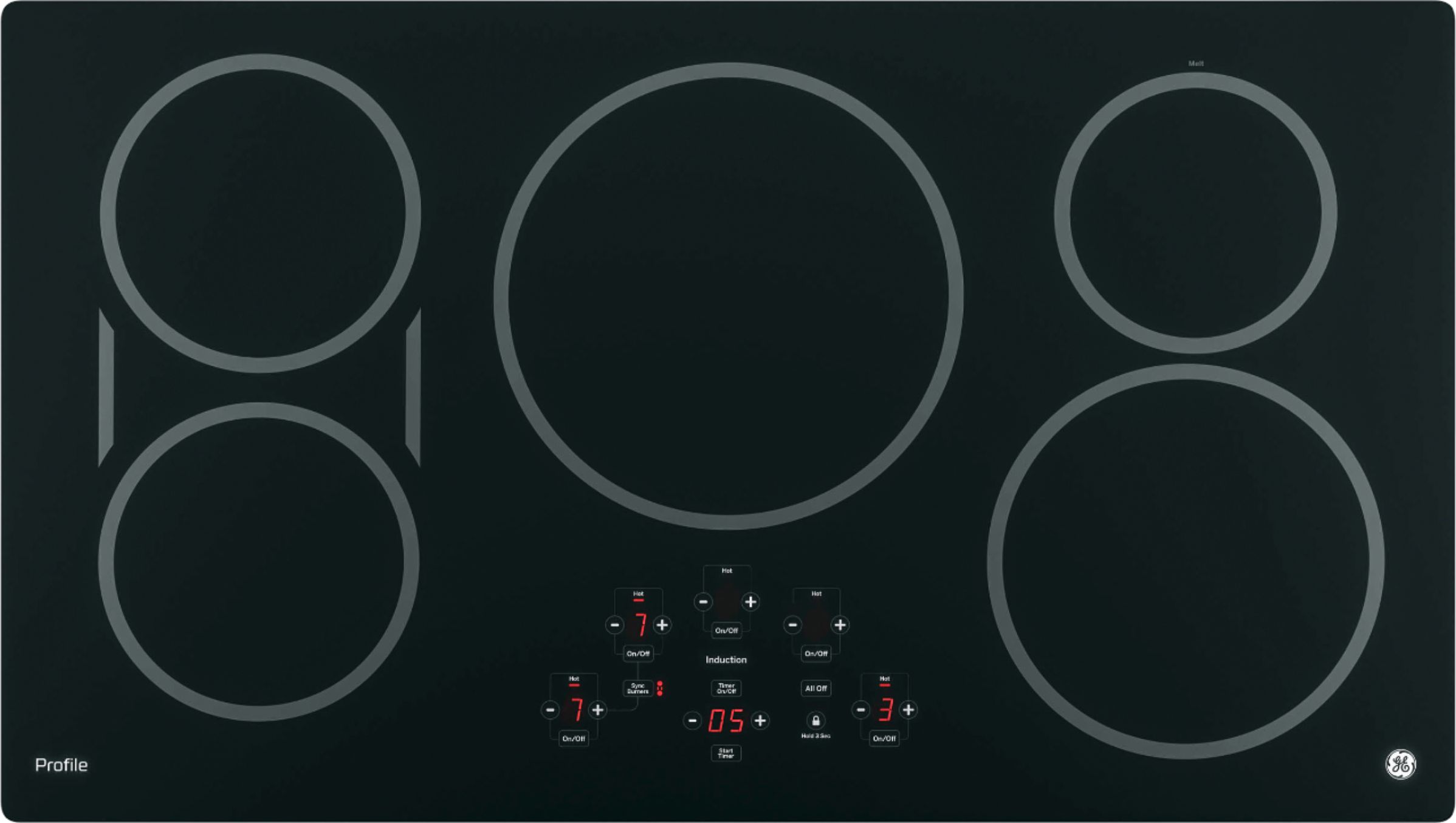

Kitchen Furniture
How To Use GE Induction Cooktop
Modified: January 7, 2024
Learn how to use a GE induction cooktop with our informative articles. Discover tips, tricks, and troubleshooting techniques for optimal cooking experience.
(Many of the links in this article redirect to a specific reviewed product. Your purchase of these products through affiliate links helps to generate commission for Storables.com, at no extra cost. Learn more)
Introduction
Welcome to the world of induction cooking! If you’re looking to upgrade your kitchen appliances and experience a faster, more precise, and energy-efficient way of cooking, then GE induction cooktops are a fantastic choice. In this article, we will explore the ins and outs of using a GE induction cooktop, from understanding how it works to mastering its features and optimizing your cooking experience.
Induction cooking has gained tremendous popularity in recent years due to its numerous advantages over traditional gas and electric stoves. Rather than using an open flame or heated coils, induction cooktops rely on electromagnetic fields to directly heat your cookware. This results in faster heating times, precise temperature control, and increased energy efficiency.
GE’s range of induction cooktops boasts cutting-edge technology and innovative features that make cooking an enjoyable and effortless experience. Whatever your culinary aspirations may be, these cooktops offer a wide range of temperature settings, intuitive controls, and sleek designs to elevate your cooking skills.
However, before diving into the world of induction cooking, it’s crucial to understand the unique features and benefits of GE induction cooktops. Additionally, familiarizing yourself with safety precautions and installation guidelines is of utmost importance to ensure a seamless and worry-free cooking experience.
In this comprehensive guide, we will take you through each step of using a GE induction cooktop, from selecting the right cookware to troubleshooting common issues. Whether you’re an experienced cook or just starting your culinary journey, we aim to provide you with the knowledge and tips you need to get the most out of your GE induction cooktop.
So, let’s dive in and discover the world of GE induction cooking!
Key Takeaways:
- GE induction cooktops offer rapid heating, precise temperature control, and energy efficiency, making them a top choice for home cooks. Understanding induction cooking and using compatible cookware are essential for optimizing the cooking experience.
- Proper installation, safety precautions, and regular maintenance are crucial for safe and efficient operation of GE induction cooktops. Familiarizing yourself with the controls, troubleshooting tips, and FAQs will help you make the most of this innovative kitchen appliance.
Read more: How To Use Summit Induction Cooktop
Understanding Induction Cooking
Before we delve into the features and functionalities of GE induction cooktops, let’s first understand the science behind induction cooking. Induction technology uses electromagnetism to create heat directly in the cookware, resulting in efficient and precise cooking.
The cooktop’s surface consists of a series of copper coils that generate a magnetic field when an electric current passes through them. When you place an induction-compatible pot or pan onto the cooktop, the magnetic field induces electrical currents within the cookware itself. These electrical currents generate heat, effectively heating the pot or pan and its contents.
One of the key advantages of induction cooking is its remarkable speed. Induction cooktops heat up much faster compared to traditional gas or electric cooktops. The heat is transferred directly to the pan, eliminating the need for preheating and reducing cooking times significantly.
Another noteworthy benefit of induction cooking is precise temperature control. Unlike gas or electric cooktops, where it can take some time for the heat to adjust, induction cooktops offer instant response. With the touch of a button, you can adjust the heat to your desired level, ensuring accurate and consistent results.
Furthermore, induction cooking is highly efficient. Because the heat is generated directly within the cookware, there is minimal heat loss around the cooktop’s surface. This means less energy wasted and a cooler cooking environment, making it safer and more comfortable to use.
It’s important to note that not all cookware is compatible with induction cooktops. Induction cooking requires pots and pans that have a magnetic base, such as those made of cast iron or stainless steel. You can easily check if your existing cookware is induction-compatible by holding a magnet to the bottom. If it sticks, it’s compatible. If not, you may need to invest in new cookware specifically designed for induction cooking.
Now that you have a better understanding of induction cooking, let’s explore the key features of GE induction cooktops and how they can elevate your culinary experience.
Key Features of GE Induction Cooktops
GE induction cooktops are renowned for their innovative design and cutting-edge features, offering a range of functions to enhance your cooking experience. Let’s take a closer look at some of the key features that set GE induction cooktops apart:
- Precise Temperature Control: GE induction cooktops allow for precise temperature adjustments, offering a wide range of heat settings to suit your cooking needs. From gentle simmering to rapid boiling, you have full control over the intensity of the heat.
- Responsive and Quick Heating: Induction technology ensures that the cookware heats up quickly and responds immediately to temperature adjustments. This rapid heat transfer allows for faster cooking times and more efficient energy usage.
- Magnetic Induction Elements: GE induction cooktops feature multiple magnetic induction elements, typically four or five, that are evenly spaced for optimal placement of different-sized pots and pans. This design allows you to maximize the usable cooking surface.
- Powerful and Versatile Burners: GE induction cooktops offer a range of burner sizes and power levels to accommodate different cooking needs. Whether you need a high-powered burner for rapid boiling or a gentle simmer burner for delicate sauces, you’ll find the right options to suit your recipes.
- Intuitive Touch Controls: The touch controls on GE induction cooktops are user-friendly and easy to navigate. With just a tap or swipe, you can adjust heat levels, set timers, and activate additional features.
- Control Lock: To prevent accidental changes to your cooking settings, GE induction cooktops often come equipped with a control lock feature. This feature locks the controls, ensuring that your cooking settings remain unchanged during your cooking process.
- Built-in Safety Features: GE induction cooktops prioritize safety with features like overheating protection and automatic shutoff. These safety mechanisms help prevent accidents and provide peace of mind while you’re in the kitchen.
- Sleek and Easy-to-Clean Surface: The smooth glass surface of GE induction cooktops not only looks modern and stylish but also makes cleanup a breeze. Spills and splatters can be quickly wiped away, keeping your cooktop looking pristine.
These are just a few of the notable features that make GE induction cooktops a top choice for home cooks. With their advanced technology and thoughtful design, GE induction cooktops provide a seamless cooking experience and elevate the efficiency and precision of your culinary creations.
Now that we’ve explored the features of GE induction cooktops, it’s important to understand the necessary safety precautions and proper installation guidelines. Let’s dive into these topics in the next section.
Safety Precautions and Installation Guidelines
Before installing and using your GE induction cooktop, it’s crucial to follow certain safety precautions to ensure the safe operation of the appliance. Additionally, proper installation is key to guaranteeing optimal performance and longevity. Let’s take a look at some important safety measures and installation guidelines:
- Read the Manual: Start by thoroughly reading the user manual provided by GE. This will familiarize you with the specific safety instructions, installation requirements, and maintenance guidelines for your cooktop.
- Professional Installation: If you’re unsure about the installation process, it’s recommended to hire a professional electrician or technician to install the cooktop. They will ensure that the electrical connections and necessary precautions are taken to avoid any potential hazards.
- Proper Ventilation: Adequate ventilation is important when using induction cooktops. Ensure that there is enough space around the cooktop for heat to dissipate and for proper airflow. This will prevent heat buildup and potential damage to nearby cabinets or countertops.
- Use the Correct Voltage: Make sure your cooktop’s electrical supply matches the specified voltage requirements outlined in the manual. Using the incorrect voltage can lead to malfunction and safety hazards.
- Keep Flammable Items Away: Avoid placing flammable items near the cooktop, such as curtains or paper towels. Induction cooktops generate heat, and having flammable materials in close proximity can pose a fire hazard.
- Child Safety Lock: If you have young children in the house, consider using the child safety lock feature on your cooktop. This will prevent unintended activation or changes to the cooktop settings.
- Careful Handling of Cookware: When placing or removing cookware from the cooktop, be mindful of the hot surfaces. Use oven mitts or pot holders to protect your hands and avoid burns.
- Unplug during Cleaning and Maintenance: Before cleaning or performing any maintenance on your cooktop, ensure that it is unplugged from the power source. This reduces the risk of electrical shock or accidental activation.
- Regular Inspection and Maintenance: Periodically inspect your cooktop for any signs of damage or wear. If you notice any issues, such as cracks, exposed wiring, or malfunctioning controls, it’s important to contact a qualified technician for repairs.
- Fire Safety: Keep a fire extinguisher within easy reach of your kitchen. In the event of a small fire, you can quickly extinguish it before it spreads. Additionally, familiarize yourself with the proper usage of a fire extinguisher.
Adhering to these safety precautions and installation guidelines will help ensure the safe and efficient operation of your GE induction cooktop. Now that you’re aware of the necessary safety measures, let’s move on to understanding the controls and settings of your cooktop.
Using the Controls and Settings
Navigating the controls and settings of your GE induction cooktop is essential for a seamless cooking experience. Understanding how to adjust the heat, set timers, and activate additional features will help you optimize your cooking process. Let’s explore the common controls and settings you’ll encounter on your cooktop:
- Power On/Off: To start using your cooktop, locate the power button and press it to turn the cooktop on. This button is usually labeled with a power symbol or “On/Off.”
- Heat Level Adjustment: GE induction cooktops allow you to adjust the heat level for each burner individually. Using the “+” and “-” buttons or a digital slider, you can increase or decrease the intensity of the heat. This enables precise temperature control for your cooking needs.
- Timers: Many GE induction cooktops feature built-in timers. These timers allow you to set a specific duration for each burner. Simply select the burner you want to time and use the timer controls to set the desired duration. When the time elapses, the burner will automatically turn off or alert you, depending on the model.
- Booster Function: Some GE induction cooktops offer a booster function for certain burners. This feature provides a burst of extra power to bring your pots or pans to a higher temperature quickly. It’s useful for tasks like boiling water or searing meats.
- Bridge Element: If your cooktop has a bridge element, it allows you to combine two burners into one larger cooking area. This is ideal for using specialized cookware, such as a griddle or a large roasting pan.
- Keep Warm Function: The keep warm function is handy for keeping your cooked food at a consistent low temperature until you’re ready to serve. It ensures that your dishes remain hot and ready to eat without overcooking them.
- Control Lock: The control lock feature is designed to prevent accidental changes to your cooktop settings. By activating the control lock, you can ensure that your desired heat levels, timers, and other settings remain unchanged while you’re cooking.
- Indicator Lights: Pay attention to the indicator lights on your cooktop. These lights provide important information, such as when a burner is turned on, when it’s still hot after use, or when the cooktop is in a locked state.
To fully utilize the controls and settings of your GE induction cooktop, consult the user manual provided with your specific model. It will provide detailed instructions and additional information regarding the available functions and features.
Now that you’re familiar with the controls and settings, let’s move on to the next step: selecting the proper cookware for induction cooking.
Read more: How To Use The Bosch Induction Cooktop
Proper Cookware for Induction Cooking
When it comes to induction cooking, using the right cookware is essential for optimal performance and safety. Induction cooktops require cookware with a magnetic base that allows for efficient heat transfer. Here are some factors to consider when selecting cookware for induction cooking:
- Magnetic Base: Induction cooktops rely on magnetic fields to generate heat. Therefore, your cookware must have a magnetic base, such as those made of cast iron or stainless steel. To check if your cookware is compatible, simply hold a magnet to the bottom. If it sticks firmly, it can be used on induction cooktops.
- Flat and Even Bottom: For efficient heat distribution, choose cookware with a flat and even bottom. This ensures maximum contact with the cooktop surface, allowing for consistent and precise heat transfer.
- Weight and Stability: Induction cooktops provide rapid and responsive heating, which can cause lightweight or unstable cookware to move or topple. To prevent accidents, opt for cookware with some weight to it and a stable base.
- Pot and Pan Sizes: Consider the sizes of your pots and pans in relation to the size of the induction elements on your cooktop. It’s best to use cookware that matches or slightly exceeds the diameter of the induction elements for efficient heating and to prevent heat loss.
- Quality Construction: Choose cookware that is well-made and durable to ensure long-lasting performance. Look for brands that specialize in induction-compatible cookware and have a reputation for producing high-quality products.
- Non-Stick Coating: While induction cooktops are generally compatible with non-stick cookware, it’s important to check the manufacturer’s recommendations. Some non-stick coatings may not withstand high heat or may not be suitable for induction cooking, so be sure to choose cookware that is explicitly labeled as induction-compatible.
- Care and Maintenance: Follow the care and maintenance instructions provided by the cookware manufacturer. Proper cleaning and maintenance will help prolong the lifespan of your cookware and ensure optimal performance on your induction cooktop.
Investing in quality cookware specifically designed for induction cooking will not only enhance your culinary experience but also protect your cooktop from potential damage. It’s important to note that while copper, glass, and aluminum cookware are excellent heat conductors, they are not compatible with induction cooktops unless they have a magnetic base or a specialized induction-compatible disc on the bottom.
By selecting the right cookware, you’ll be able to take full advantage of the precise temperature control and rapid heating capabilities of your GE induction cooktop. Now that you know the importance of proper cookware, let’s dive into a step-by-step guide on how to use your GE induction cooktop.
When using a GE induction cooktop, make sure to use cookware with a flat, magnetic bottom for best results. Also, always follow the manufacturer’s guidelines for proper use and maintenance.
Step-by-Step Guide to Using a GE Induction Cooktop
Using a GE induction cooktop is straightforward once you understand the basic steps. Follow this step-by-step guide to get started with your cooktop:
- Check for Compatibility: Ensure that your cookware is compatible with induction cooking. Look for the induction symbol or perform the magnet test to confirm.
- Clean the Cooktop Surface: Before turning on the cooktop, make sure the surface is clean and free from any debris or spills. This will prevent any interference or damage during operation.
- Connect to Power: Plug in your GE induction cooktop to a properly grounded power outlet. Ensure that the power cord and plug are in good condition.
- Turn on the Cooktop: Locate the power button or switch and press it to turn on the cooktop. The control panel should light up, indicating that the cooktop is ready for use.
- Select the Burner: Choose the burner you wish to use by touching or selecting the corresponding control panel icon. Most GE induction cooktops have multiple burners that can be used simultaneously.
- Adjust the Heat Level: Use the “+” and “-” buttons or sliders to adjust the heat level of the selected burner. Start with a lower heat setting and gradually increase it as needed.
- Place the Cookware: Position your induction-compatible cookware onto the selected burner. Ensure that it is centered over the induction element for even heat distribution.
- Start Cooking: Once the cookware is in place, begin cooking according to your recipe. Adjust the heat level as necessary to achieve the desired temperature.
- Use Safety Features: Take advantage of the safety features provided by your GE induction cooktop. Lock the controls if needed to prevent accidental changes, and be mindful of the hot surfaces to avoid burns.
- Monitor and Turn Off: Keep an eye on your cooking and be attentive to any time or temperature requirements. When you’re finished cooking, turn off the burner and unplug the cooktop from the power source.
- Clean and Maintain: Once the cooktop has cooled down, clean the surface using a mild cleaner or cooktop cleaner. Follow the manufacturer’s instructions for proper maintenance and care.
By following these steps, you’ll be able to make the most of your GE induction cooktop and enjoy the benefits of precise and efficient cooking.
Next, let’s explore some cleaning and maintenance tips to keep your cooktop in excellent condition for years to come.
Cleaning and Maintenance Tips
To keep your GE induction cooktop looking pristine and functioning at its best, regular cleaning and maintenance are essential. Here are some tips to help you clean and maintain your cooktop:
- Wait for Cool Down: Before cleaning your cooktop, ensure that it has completely cooled down to prevent burns or damage.
- Remove Loose Debris: Use a soft cloth or paper towel to wipe away any food crumbs, loose debris, or spills from the cooktop surface. This prevents them from getting burned or causing damage during future use.
- Choose the Right Cleaner: Select a cleaner specifically formulated for glass or induction cooktops. Avoid abrasive cleaners, scrub brushes, or harsh chemicals that can damage the surface.
- Apply the Cleaner: Follow the instructions provided with the cleaner. Typically, you’ll apply a small amount of the cleaner onto the cooktop surface and spread it evenly.
- Wipe with a Soft Cloth: Using a soft cloth or non-abrasive sponge, gently scrub the cooktop surface in a circular motion to remove any stains or residue. Pay attention to stubborn spots and give them extra attention if needed.
- Rinse and Dry: Once you have cleaned the cooktop, rinse the surface thoroughly with clean water to remove any remaining cleaner. Use a dry cloth or towel to wipe away excess moisture.
- Buff for Shine: For a sparkling finish, use a clean, dry cloth to buff the cooktop surface gently. This will help restore its shine and remove any streaks.
- Protect from Scratches: Avoid using rough or abrasive materials, such as steel wool or scrub brushes, as they can scratch the cooktop surface. Instead, opt for soft cloths, microfiber cleaning pads, or recommended cooktop cleaning tools.
- Regular Maintenance: Besides routine cleaning, it’s important to perform regular maintenance tasks. This includes checking for any loose or damaged parts, ensuring proper ventilation, and inspecting electrical connections. Consult the user manual for specific maintenance guidelines.
- Avoid Boil-Overs: To prevent spills and boil-overs, use cookware that is appropriate for the amount of food being cooked. Adjust the heat level to avoid excessive boiling, which can lead to spills and stains on the cooktop surface.
- Protective Cover: Consider using a cooktop cover or protector when the cooktop is not in use. This will help prevent accidental scratches and keep the surface clean from dust and debris.
By following these cleaning and maintenance tips, you can ensure the longevity and pristine condition of your GE induction cooktop. Remember to consult the user manual for specific care instructions provided by the manufacturer.
If you encounter any issues or need guidance on troubleshooting common problems, refer to the next section for helpful tips.
Troubleshooting Common Issues
While GE induction cooktops are known for their reliability and performance, there may be instances where you encounter some common issues. Here are a few troubleshooting tips to help resolve these problems:
- Incorrect Temperature: If you find that the cookware is not heating up or the temperature is not at the desired level, make sure that you are using induction-compatible cookware with a magnetic base. Also, verify that the cookware is centered properly on the induction element for maximum heat transfer.
- Control Panel Not Responding: If the control panel is not responding when you press the buttons, check if the cooktop is properly connected to the power source. Ensure that the power cord is securely plugged in and that there is no power outage or tripped circuit breaker.
- Error Codes or Indicators: If you see error codes or indicators flashing on the control panel, consult the user manual to identify the specific issue. Error codes typically come with explanations and suggested solutions to help you troubleshoot the problem.
- Uneven Cooking or Hotspots: If you notice uneven cooking or hotspots on the cooktop surface, make sure that the cookware is flat and even. Avoid using warped or dented cookware, as it can cause inconsistent heating. Experiment with different burner sizes or redistribute the food in the cookware for better results.
- No Power or No Indication: If the cooktop does not turn on or show any indication of power, check if the power source is working. Test the outlet with another appliance to verify if it is functioning properly. If necessary, contact a qualified electrician to inspect the electrical connections.
- Unexpected Shutdowns: If your cooktop shuts off unexpectedly during use, it may be due to overheating. Check if the cooktop surface is clear of obstructions and that there is proper ventilation around the cooktop. Also, ensure that the cooktop is not connected to an overloaded circuit.
- Strange Odors or Smoke: If you detect unusual odors or see smoke coming from the cooktop, immediately turn off the burner and unplug the cooktop from the power source. Contact a qualified technician for assistance, as there may be an electrical issue that needs to be addressed.
If the troubleshooting tips mentioned above do not resolve the issue or if you encounter a problem that is not listed, it would be advisable to consult the GE customer support or seek assistance from a qualified technician.
Now that we have covered troubleshooting, let’s move on to answering some frequently asked questions related to GE induction cooktops.
Read more: How To Use An Induction Cooktop
Frequently Asked Questions (FAQs)
Here are some commonly asked questions about GE induction cooktops:
-
- 1. How do I clean my GE induction cooktop?
To clean your GE induction cooktop, wait for it to cool down, remove any loose debris, apply a glass or induction cooktop cleaner, and wipe it down with a soft cloth. Avoid abrasive cleaners or materials that can scratch the surface.
-
- 2. Can I use any cookware on an induction cooktop?
No, you cannot use just any cookware on an induction cooktop. Induction cooktops require cookware with a magnetic base, such as cast iron or stainless steel. To check compatibility, use a magnet to ensure it sticks firmly to the bottom of the cookware.
-
- 3. Are GE induction cooktops energy-efficient?
Yes, GE induction cooktops are energy-efficient. Induction cooking transfers heat directly to the cookware, resulting in minimal heat loss and faster cooking times compared to traditional gas or electric cooktops.
-
- 4. Can I use induction cookware on other types of cooktops?
Yes, induction-compatible cookware can be used on gas or electric cooktops. However, keep in mind that the induction-specific benefits, such as rapid heating and precise temperature control, may not be fully utilized on non-induction cooktops.
-
- 5. How do I unlock the controls on my GE induction cooktop?
To unlock the controls on your GE induction cooktop, locate the control lock button or icon, and press and hold it for a few seconds until the controls are unlocked. The exact procedure may vary depending on the model, so refer to your user manual for specific instructions.
-
- 6. Why is my induction cooktop making a buzzing sound?
It’s normal for induction cooktops to produce a slight buzzing sound when in use. This is due to the magnets and electrical circuits creating vibrations as they generate the magnetic fields necessary for induction cooking.
-
- 7. Can I place hot pans directly on the glass surface of my GE induction cooktop?
No, it is not recommended to place hot pans directly on the glass surface of your GE induction cooktop. Use trivets or heat-resistant mats to protect the surface from potential damage or discoloration caused by the intense heat.
-
- 8. How long does it take for an induction cooktop to heat up?
Induction cooktops heat up significantly faster than traditional cooktops. The heat transfer is almost instantaneous, so you can expect your cookware to heat up within seconds of turning on the induction element.
-
- 9. Can I use aluminum foil on my GE induction cooktop?
No, it is not recommended to use aluminum foil directly on your GE induction cooktop. The foil can cause heat buildup and potentially damage the cooktop surface. It’s best to use suitable cookware for your induction cooking needs.
-
- 10. How should I dispose of my old induction cooktop?
To dispose of your old induction cooktop, contact your local recycling center or appliance disposal facility. They will provide guidance on proper disposal methods in accordance with local regulations and environmental standards.
If you have any additional questions or concerns about your GE induction cooktop, it’s best to refer to the user manual or contact the manufacturer’s customer support for assistance.
With this FAQ section completed, we have covered the essential aspects of using and maintaining your GE induction cooktop. Let’s conclude our article.
Conclusion
Congratulations! You have now become well-versed in the world of GE induction cooktops. We have covered everything from understanding induction cooking and the key features of GE induction cooktops to safety precautions, installation guidelines, and using the controls and settings.
By selecting induction-compatible cookware, you can take full advantage of the rapid heating, precise temperature control, and energy efficiency offered by GE induction cooktops. Remember to follow proper cleaning and maintenance practices to keep your cooktop looking and performing its best.
In the event that you encounter any issues, we have provided troubleshooting tips and answered frequently asked questions to help you navigate common problems and find solutions.
GE induction cooktops not only elevate your cooking experience but also offer a sleek and modern addition to your kitchen. With their advanced technology, safety features, and intuitive controls, you can now enjoy precise and efficient cooking at the touch of a button.
We hope this comprehensive guide has provided you with the knowledge and confidence to make the most of your GE induction cooktop. Whether you’re a seasoned chef or a cooking enthusiast, we believe that with the right cookware and understanding of your cooktop’s features, you will create culinary delights that will impress your family and friends.
Thank you for joining us on this induction cooking journey. Happy cooking!
Frequently Asked Questions about How To Use GE Induction Cooktop
Was this page helpful?
At Storables.com, we guarantee accurate and reliable information. Our content, validated by Expert Board Contributors, is crafted following stringent Editorial Policies. We're committed to providing you with well-researched, expert-backed insights for all your informational needs.
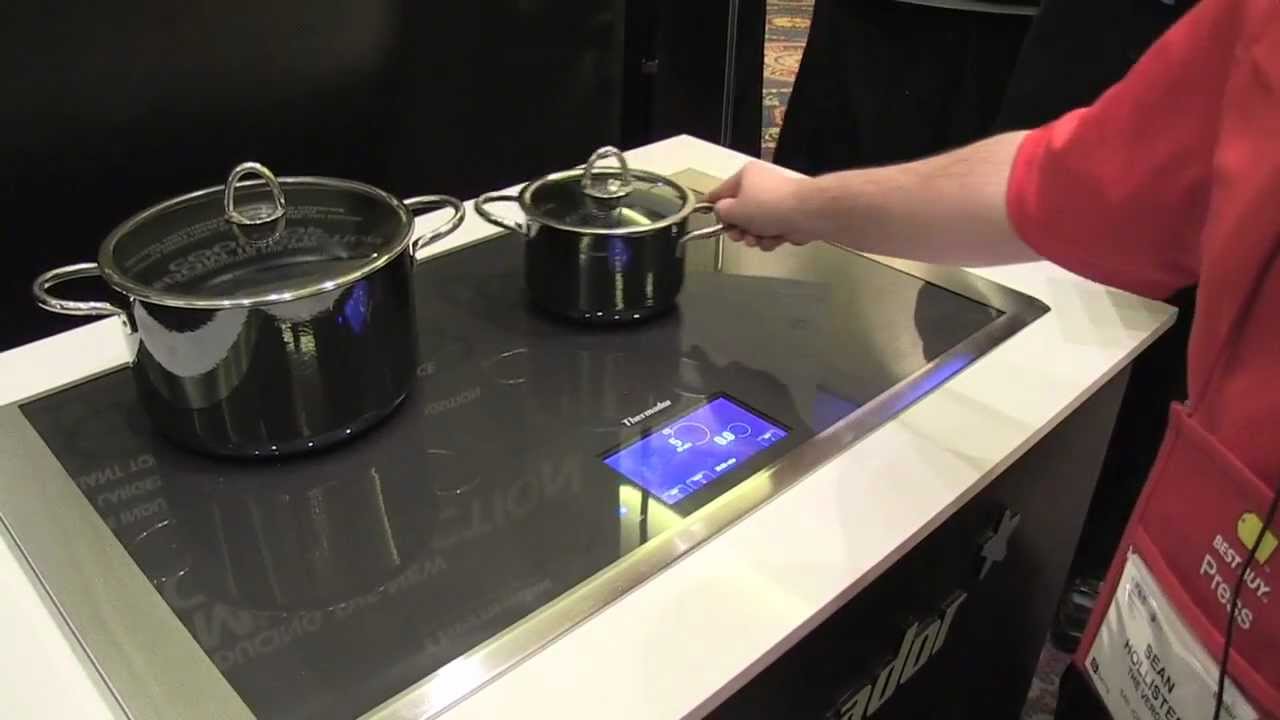
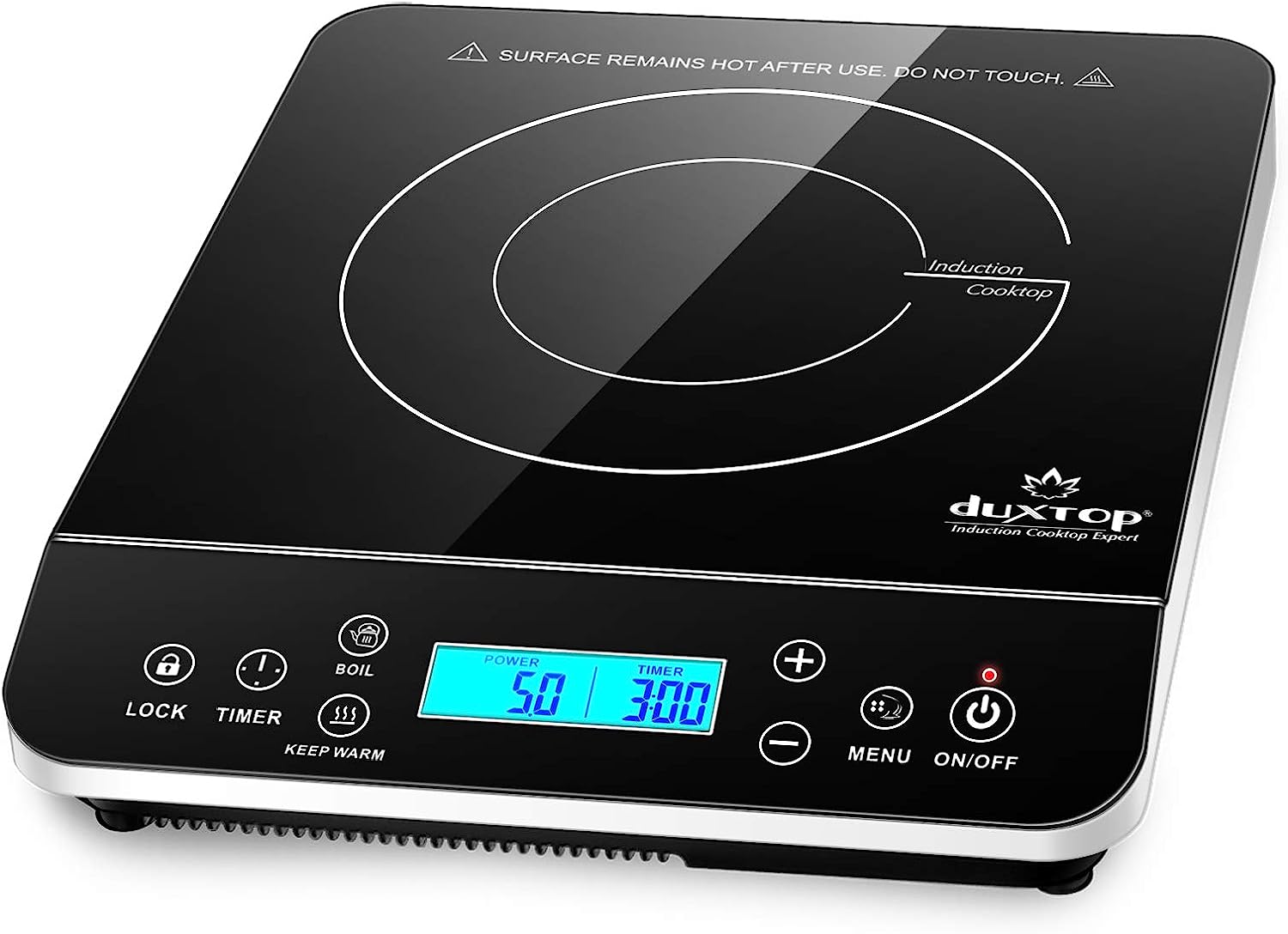
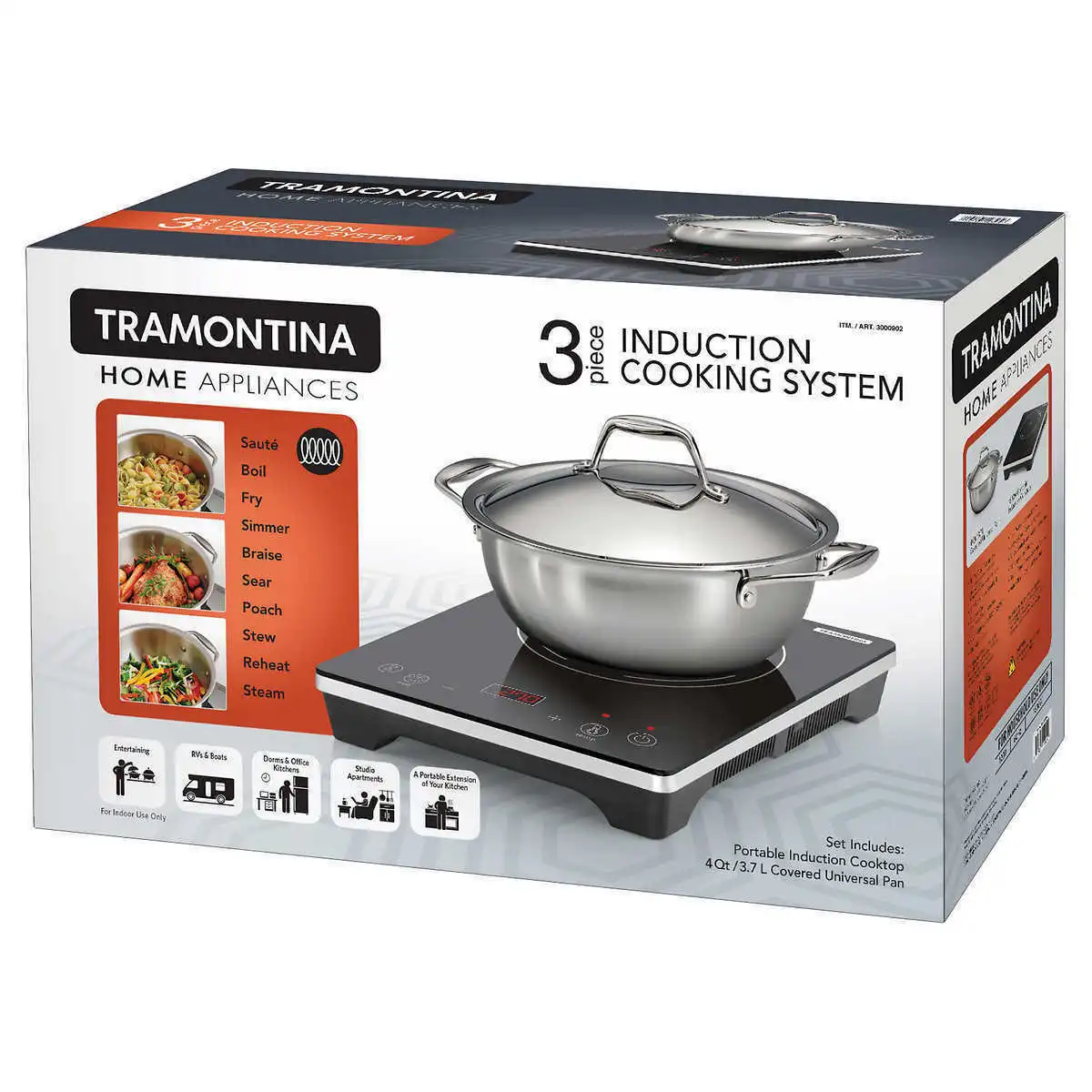
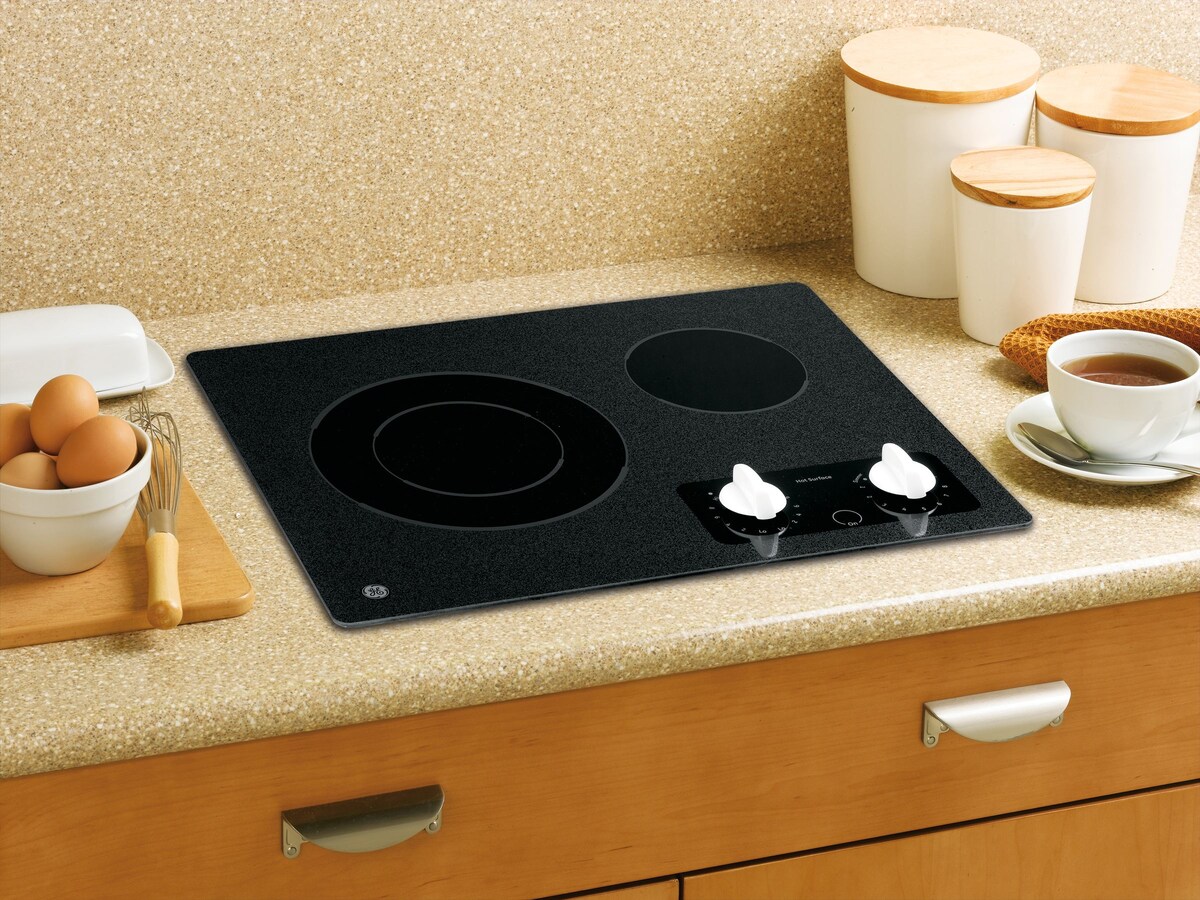
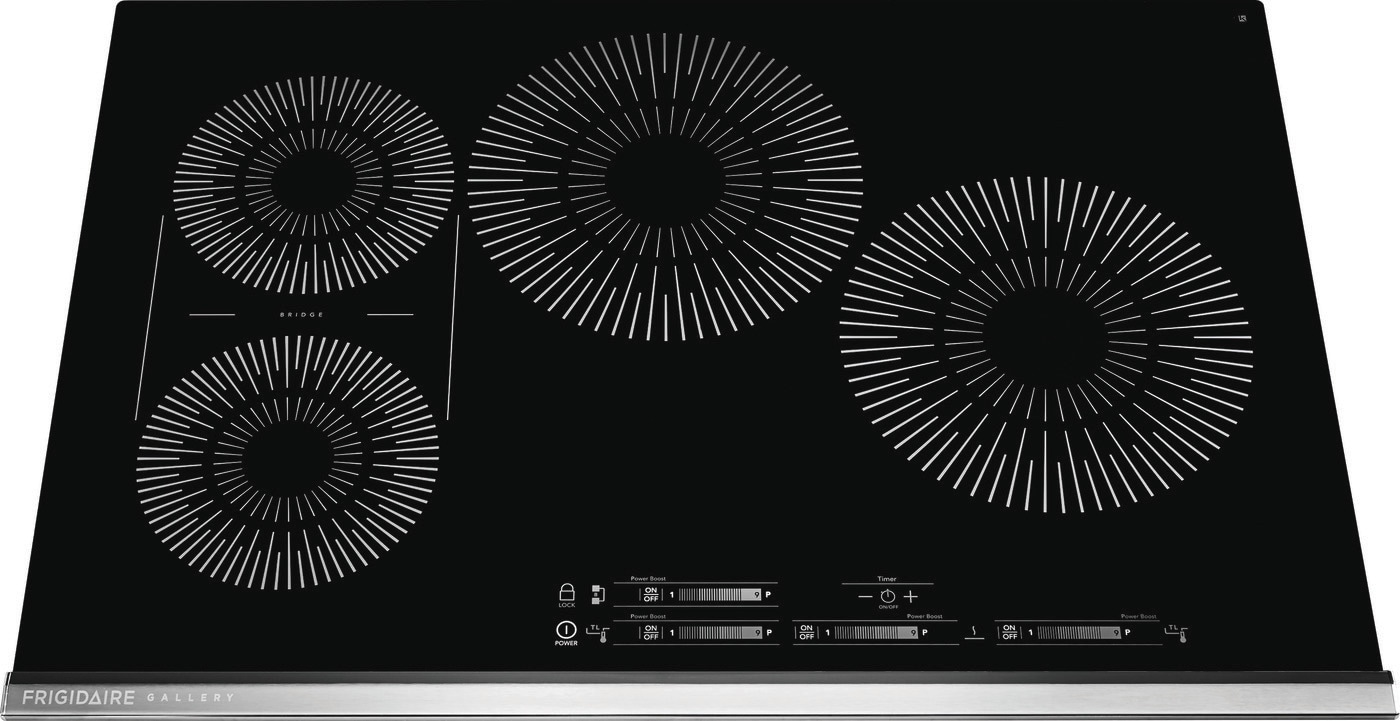
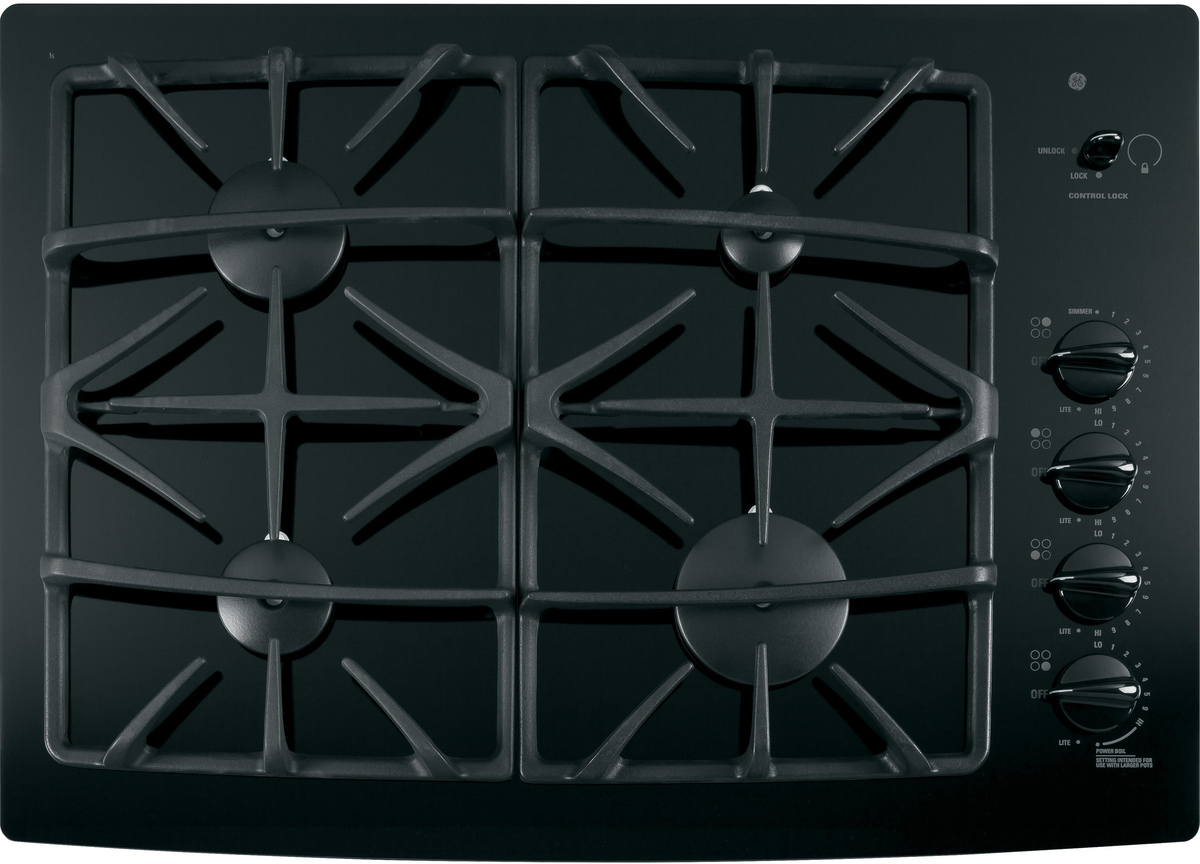
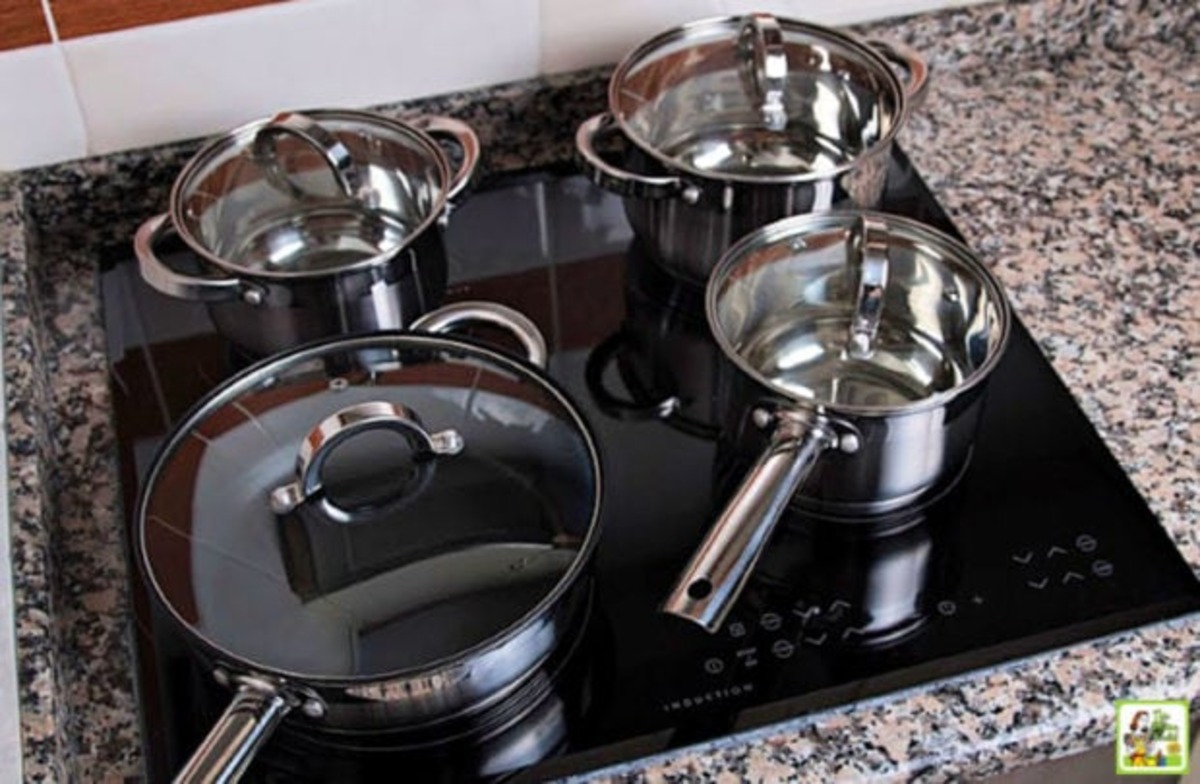
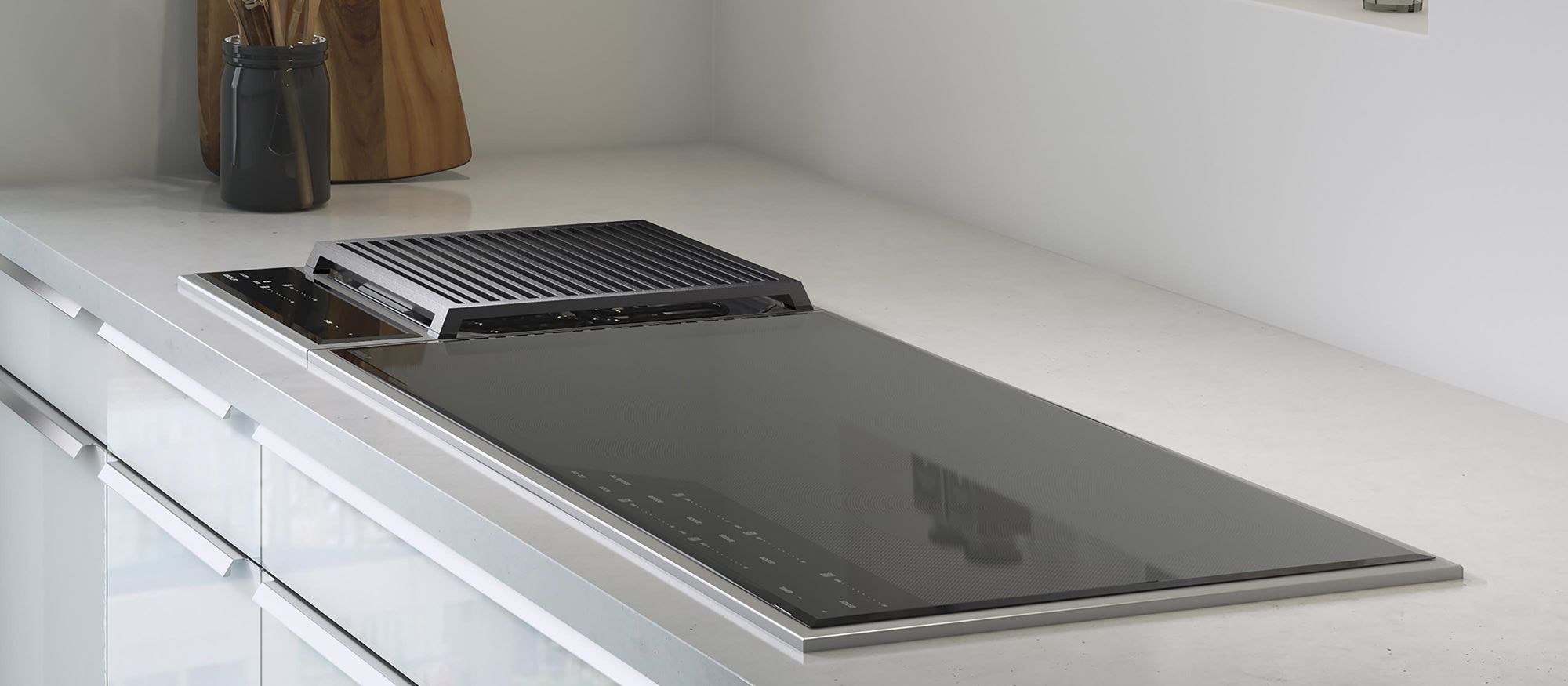
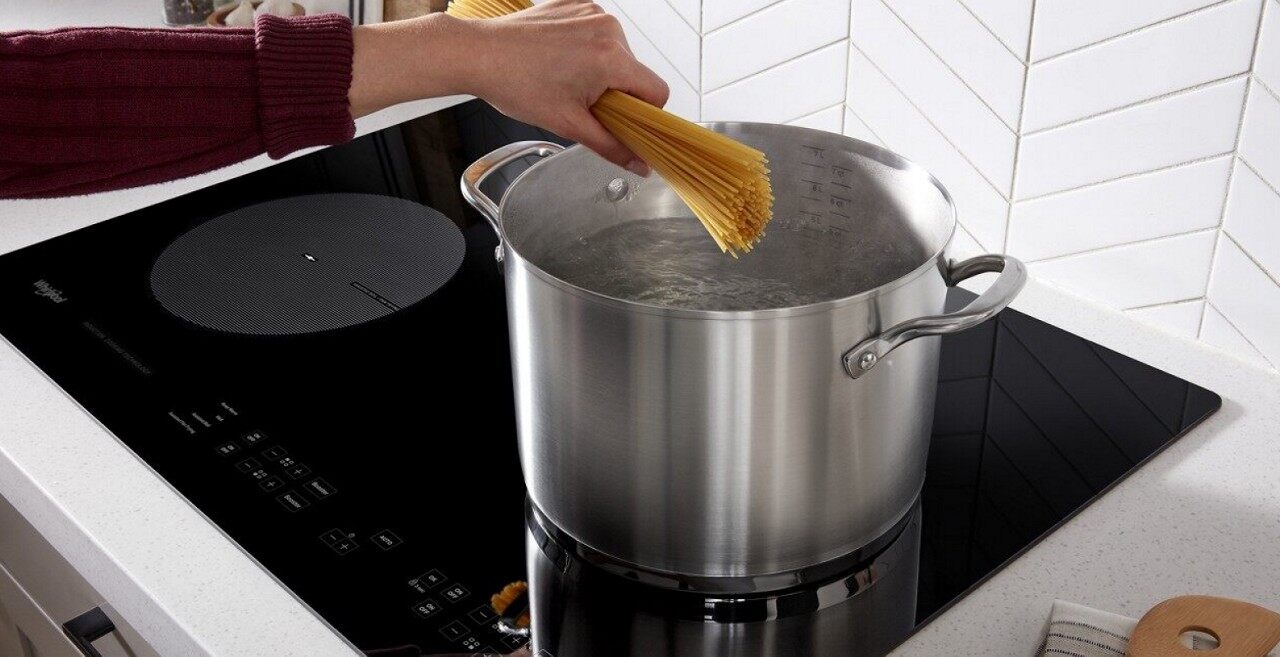
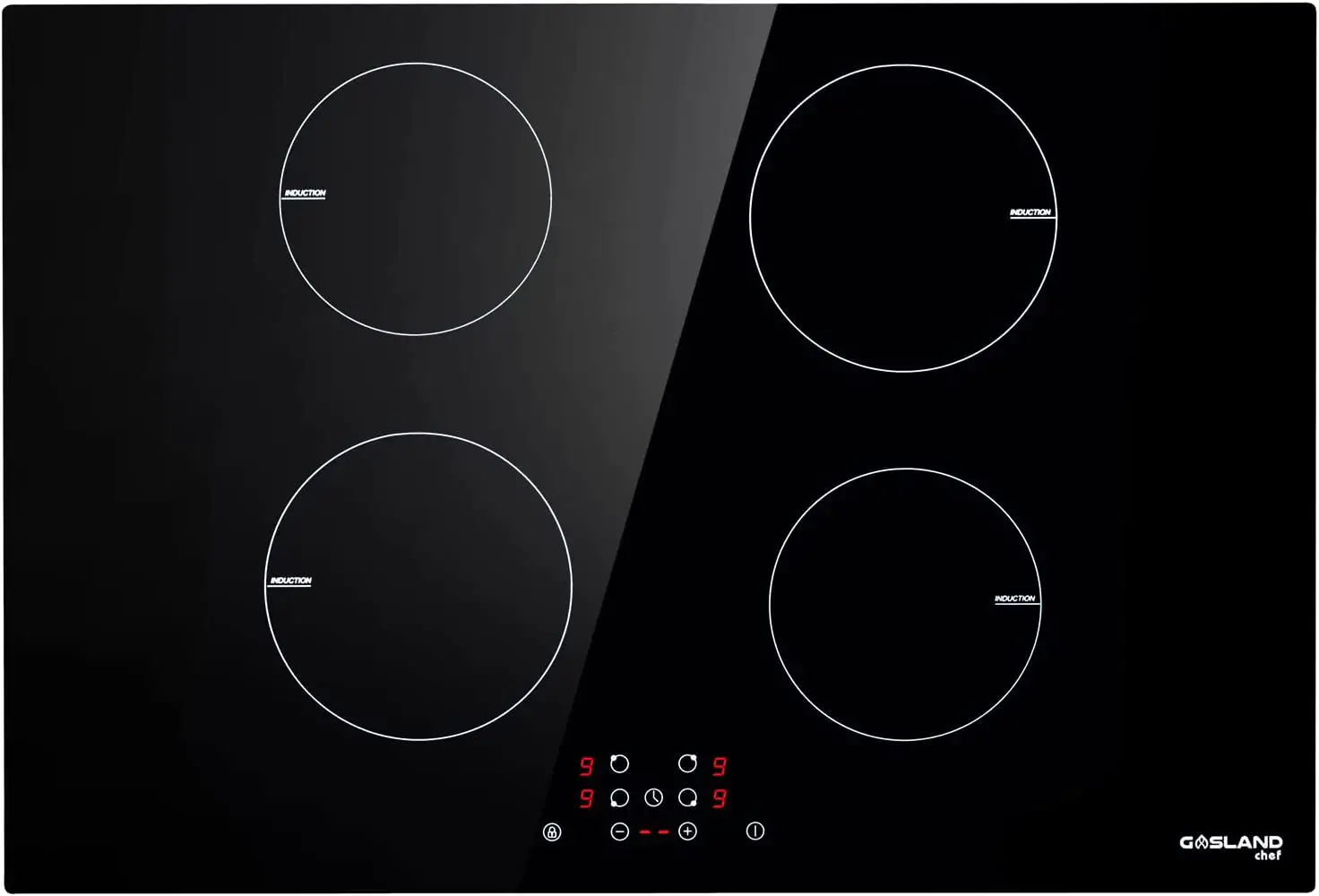
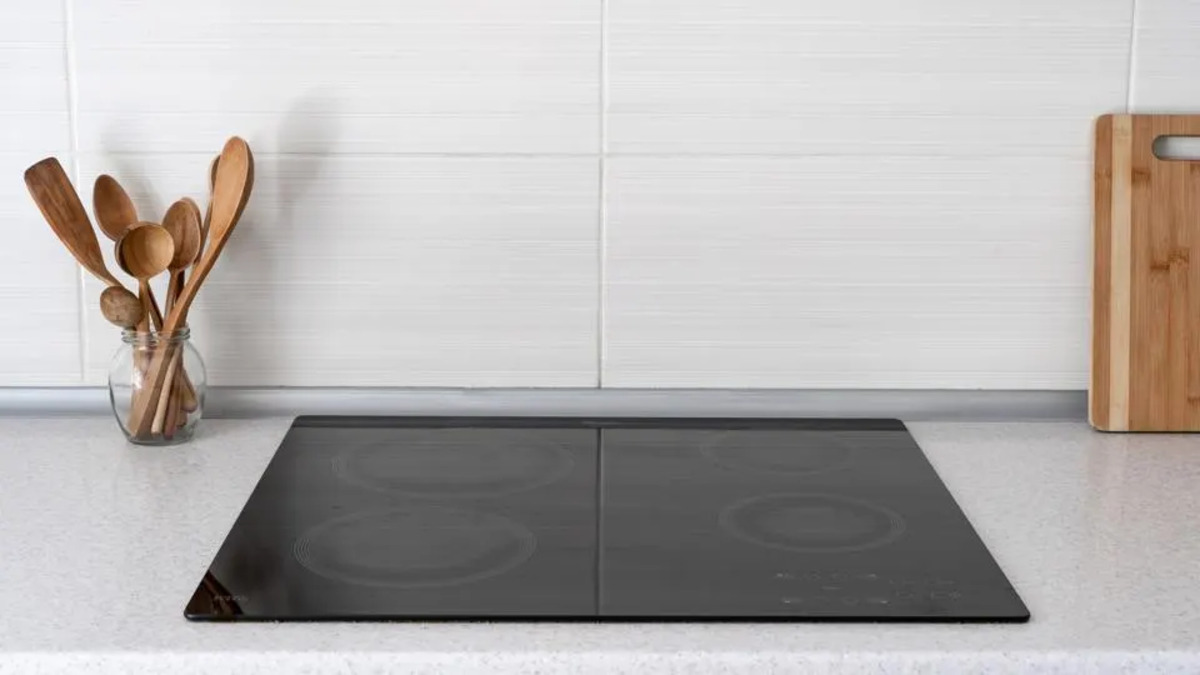
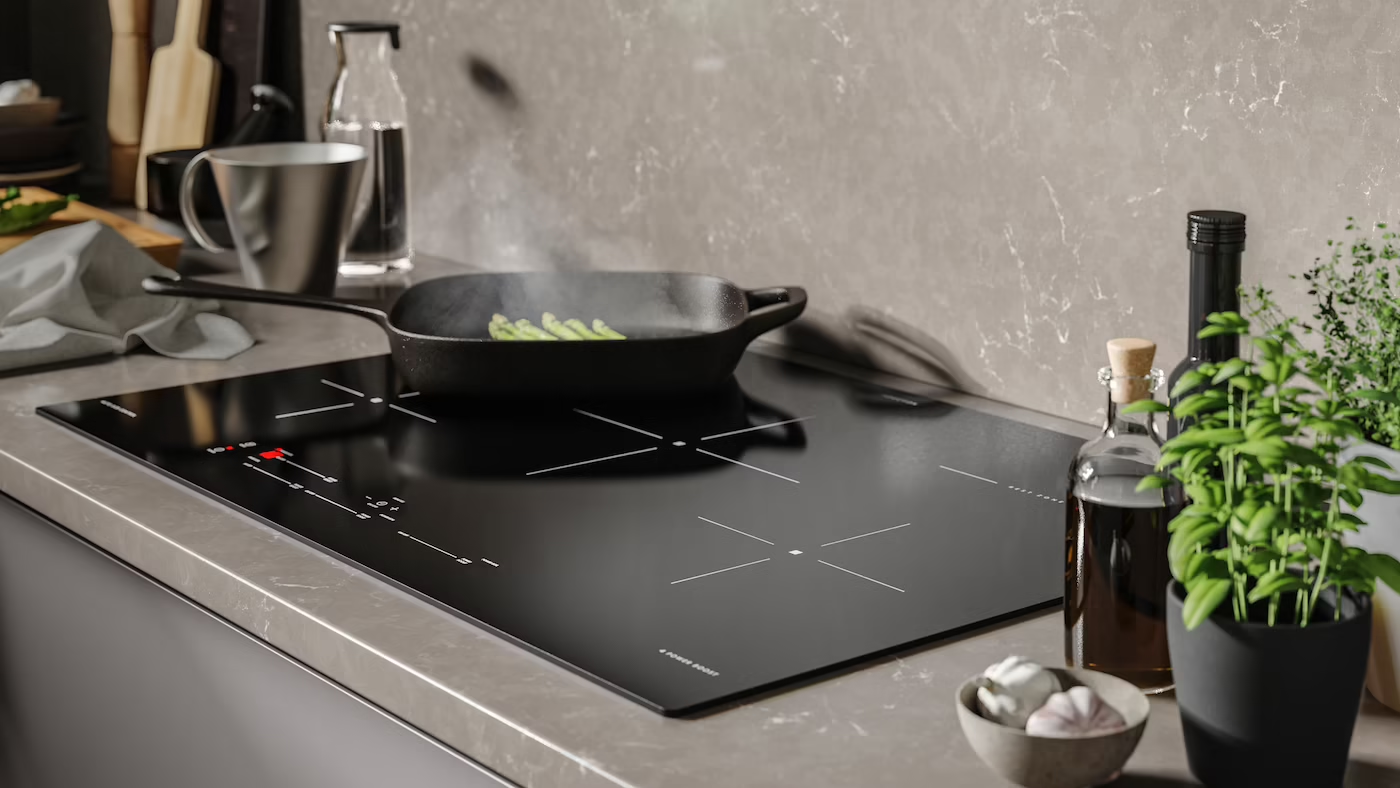
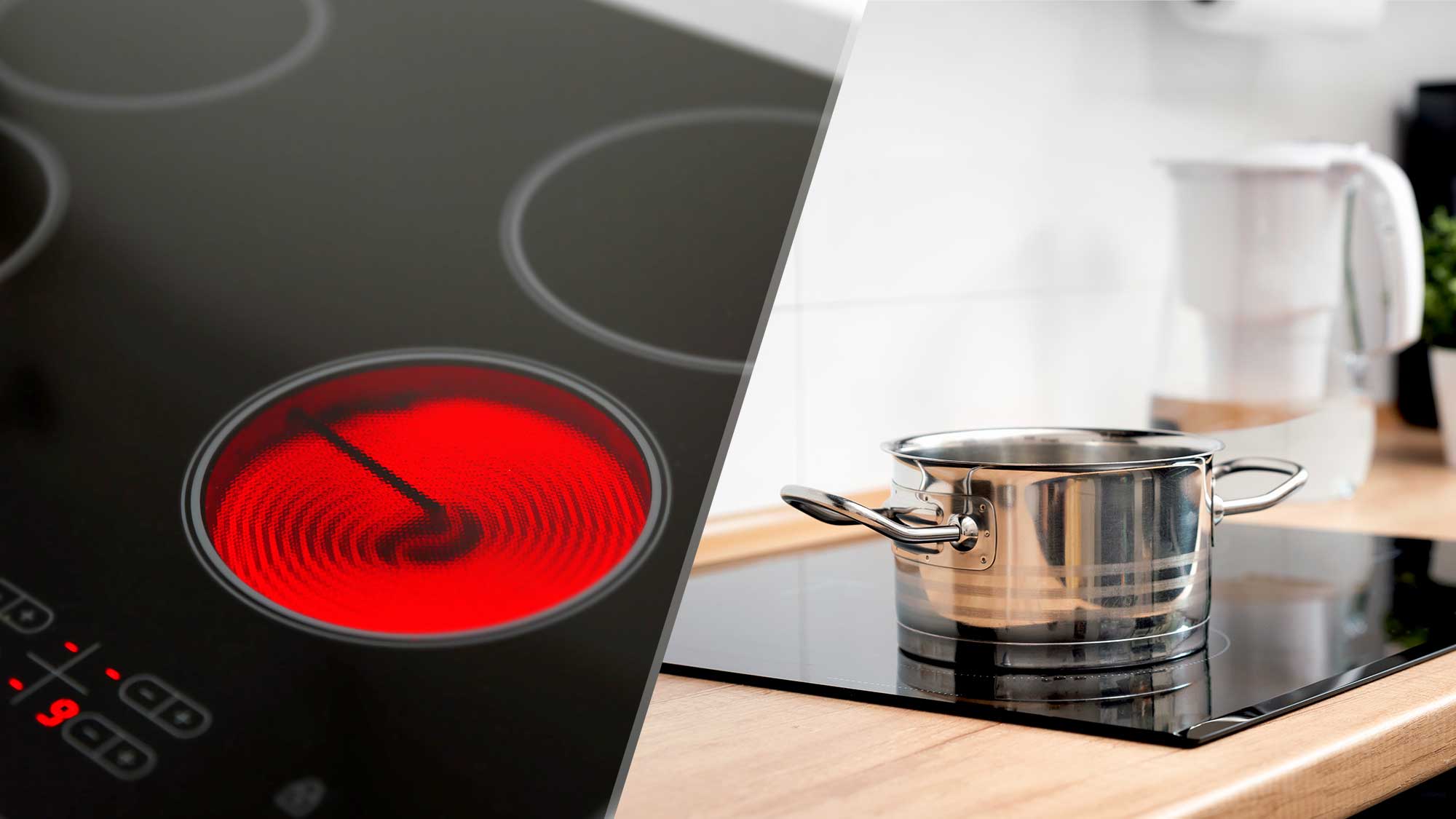

How do I clean the area around the controls without turning on the burners?